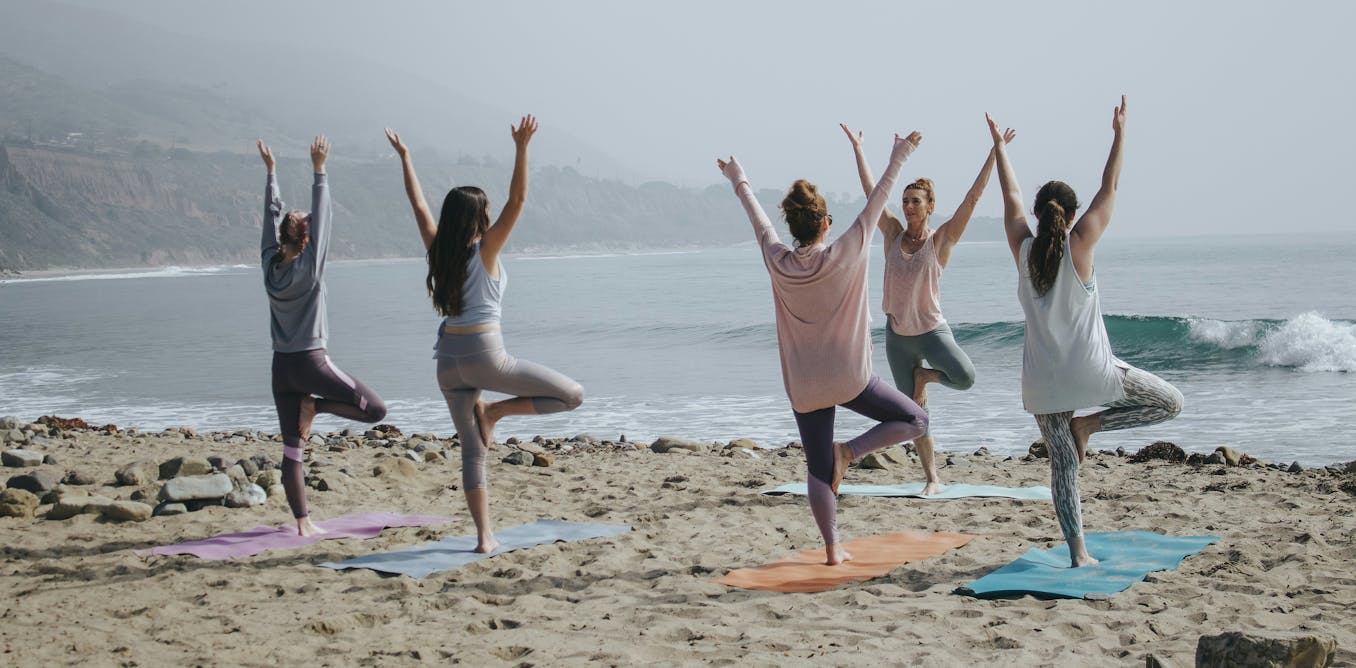In 2022, I embarked on learning to play two traditional drums used in the folk music of my hometown of Basra in southern Iraq. One is known as the “khishba,” with its music termed “Khashaba,” and the “maruwas” used in “al-Bahr” music. I took drumming lessons from Black Arab musicians, learning about the history and practical skills which I brought back to my music group in Mississauga, Ont.
The history of Black people in the Arab region is often told through the narrative of slavery. More recently, their cultural contributions to the region’s heritage have come more into the spotlight. Telling the history of slavery and oppression is important. However, focusing on it alone does not tell the full story of resilience and peoplehood.
Music, like other facets of culture, provides a window into the histories and heritage of different regions and peoples. Historical narratives of slavery often present Black Arabs as passive subjects in the slave trade, but studying their musical traditions makes clear their agency in telling their own story.
Songs embody intelligence, perseverance and resilience, while creativity is evident in both the craft of instrument making and storytelling conveyed through bodily expression and music. This can be seen, for instance, in Gnawa music, which originated from formerly enslaved Black Africans in Morocco. When performed today, it preserves ancestral traditions and embodies the legacy of slavery.
Black folk music in Basra and the Gulf
Basra boasts a rich musical heritage with several traditional styles, notably Khashaba and al-Bahr (maritime work) music. The term “Khashaba” derives from the Arabic word for wood (khashab). While the drums were originally made from wood, nowadays they are predominantly crafted from clay.
Khashaba is a vibrant musical tradition characterized by drums, folk dances and spirited singing performed by a group known as “Shadda.” During Khashaba performances, clapping is synchronized with the music and lyrics, creating a rhythmic backdrop that invites the audience to dance, fostering joy and excitement for all participants.
Typically, Khashaba songs are reserved for joyous occasions. A “Shadda” group usually comprises one or two dozen musicians, each member fulfilling a specific role. These roles include the Maqam (singer), luwazim (drummers), kasoor (drummer who improvises with ornaments), riwaadeed (chorus/clappers) and the dancer. During performances, the group arranges themselves in a semi-circular arch formation, organized according to their respective roles.
The origins of Khashaba are debated: some scholars trace its roots to the Abbasid era (750–1258 CE), suggesting it evolved from African slaves’ celebrations during their breaks from strenuous labour or during the Zanj revolt (868-883 CE) when Basra was under the rule of Sahib al-Zanj. During this period, entertainment events for Sahib al-Zanj featured singers performing in a style reminiscent of Abbasid palace music, accompanied by rhythmic instruments.
Another perspective suggests that Khashaba originated around 200 years ago, tracing its beginnings to African labourers who worked in shipbuilding. Those labourers reportedly fashioned small drums from leftover wood, laying the foundation for the distinct rhythms, communal singing accompanied by clapping and lively dance that characterize Khashaba.
The drummer in Arab culture
(AP Photo/Kamran Jebreili)
While perceptions of drummers in the Arab region may vary slightly, there is nonetheless a hierarchical view of musical instruments where the “tabbal” (drummer) unfortunately holds a lower status.
There is a paradoxical perspective in Arab culture regarding drummers and drumming. While many people enthusiastically engage with drumming performances at music events and celebrations, drummers are often perceived with an air of inferiority. This contradiction is evident in places like Basra, where Black drummers are hired to enhance festivities and inspire dancing to rhythmic beats, but at the same time face negative stereotypes.
Islamic views of music, including drumming, are varied, with opinions ranging from complete prohibition to acceptance. However, stigma surrounding drumming also has social origins beyond religion.
The perception of drumming as inferior may stem from the belief that it is simpler to learn and lacks the complexity or sophistication of other instruments, as well as its association with more primal forms of music. The other reason is the link between drummers and performances like belly dancing.
The Arabic words “tabbal” (drummer) and “tatbeel” (drumming) have acquired negative connotations, often implying traits such as hypocrisy, flattery or deceit. This pejorative view reflects broader societal attitudes and historical prejudices that persist despite the cultural significance of drumming in Arab music and celebrations. It highlights the need to address and overcome these stereotypes to foster genuine respect for all musicians and artists, regardless of their instrument or race.
Said El Artist, an esteemed Egyptian drummer, expresses pride in his profession and deep affection for the drum. He has also discussed his discomfort when the term “drumming” is used with negative connotations. Despite these challenges, drummers like El Artist continue to celebrate their craft and strive to elevate the reputation of drumming in Arab societies.
Drumming in Canada
In 2023, a music institution in Mississauga presented a Khashaba concert. The manager asked if I could play the drum, knowing my proficiency. However, I wrestled with self-doubt, fearing potential shame for myself and my family back home where they know me as a professor.
After considerable hesitation, I agreed to participate on the condition that I would wear a COVID face mask to conceal my identity and that I would only perform at concerts showcasing Iraq’s musical heritage, and not in clubs or restaurants.
The manager accepted, but we faced a challenge: we needed more drummers. Two highly skilled individuals declined to play due to the stigma associated with drumming. Fortunately, we found a drummer, and I took on the role of teaching two Iraqis — a mother and her Canadian-born son — who were passionate about learning Khashaba.
Learning about folk music and its history is an eye-opener for musicians and their audiences. It provides insight into the lived experiences of communities and peoples, their hardships and their distinct sense of identity and rich cultural heritage. By partaking in Black Arab folk music, I witness the powerful act of reclaiming historical narratives that have largely been marginalized. Centring these authentic narratives serves to honour and empower Black voices, offering a potent means of resistance and renewal.

The post “How drums tell the story of Black Arab heritage” by Amir Al-Azraki, Associate professor, Culture and Language Studies, University of Waterloo was published on 07/30/2024 by theconversation.com


































Leave a Reply